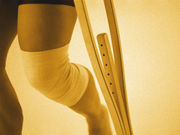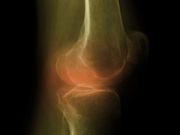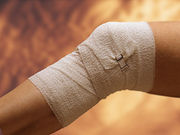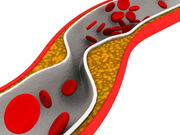Pain Management
Home Pain Management
AAFP: Expected 0.5 Percent Pay Increase Reduced to Zero
Medicare physician fee schedule shows expected Medicare pay increase reduced for all specialties
Burnout Reduces Readiness to Change Teaching Approaches
Clinical faculty with low occupational burnout more likely to be in action stage of change
Knee Bracing No Benefit Over Nonoperative Program in Knee OA
Significant improvements in pain, activities of daily living at week 52, regardless of bracing
American College of Rheumatology, Nov. 7-11
The 79th Annual Meeting of the American College of Rheumatology The annual meeting of the American College of Rheumatology was held from Nov....
ACR: Steroids Little Help, Ozone Injections Promising for Knee OA
Two studies test out old and new treatments for knee osteoarthritis
ACP Issues Guidance on ‘Concierge’ Practices
Growth of DPCPs fueled by physicians' frustration; may exacerbate disparities in health care
ACR: Tai Chi Offers Similar Benefits to PT for Knee OA
WOMAC pain score improvement similar at 12 weeks; pain medication use reduced in both groups
ACR: Chondroitin Sulfate Cuts Cartilage Volume Loss in Knee OA
Chondroitin sulfate and celecoxib are equally effective at reducing knee osteoarthritis symptoms
ACR: Resistance Training Program Beneficial in Hand Osteoarthritis
Progressive resistance strength training program effective for pain, function, treatment satisfaction
AHA: Combo Tx Ups Benefits in Intermittent Claudication
Greater improvements in waking distances, quality of life with revascularization plus exercise



















